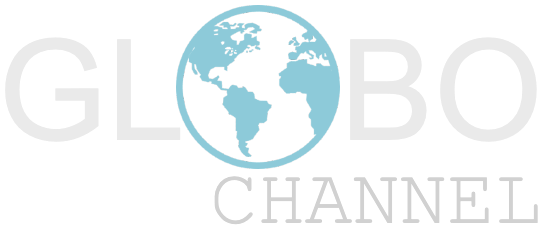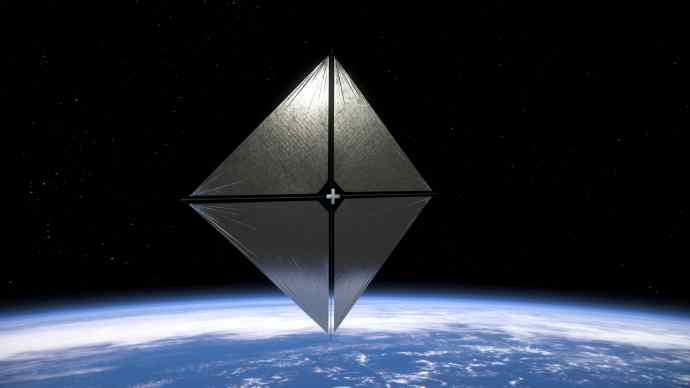Facebook vuole sperimentare dei nuovi tasti oltre al famoso “Mi piace” per consentire ai suoi iscritti di esprimere emozioni diverse su ogni post. La nuova funzione si chiamerà “Reactions” (“Reazioni”) ed è la conferma alle parole di un mese fa del CEO di Facebook, Mark Zuckerberg, circa l’aggiunta di un nuovo pulsante una specie di “Non Mi piace” ma senza aggiungere altri dettagli. Oltre al classico “Mi piace” si potranno usare altri simboli, come un cuore per esprimere amore, una fragorosa risata (LOL), gioia, sorpresa, tristezza o rabbia.![]()
Today we’re launching a test of Reactions — a more expressive Like button. The Like button has been a part of Facebook for a long time. Billions of Likes are made every day, and Liking things is a simple way to express yourself.For many years though, people have asked us to add a “dislike” button. Not every moment is a good moment, and sometimes you just want a way to express empathy. These are important moments where you need the power to share more than ever, and a Like might not be the best way to express yourself.At a recent Townhall Q&A, I shared with our community that we’ve spent a lot of time thinking about the best way to give you better options for expressing yourself, while keeping the experience simple and respectful. Today we’re starting to test this.Reactions gives you new ways to express love, awe, humor and sadness. It’s not a dislike button, but it does give you the power to easily express sorrow and empathy — in addition to delight and warmth. You’ll be able to express these reactions by long pressing or hovering over the Like button. We’re starting to test Reactions in Ireland and Spain and will learn from this before we bring the experience to everyone. We hope you like this – or can better express how you’re feeling!
Posted by Mark Zuckerberg on Giovedì 8 ottobre 2015
La nuova funzione “Reactions” sarà disponibile solo per gli iscritti al social network in Irlanda e in Spagna, per un periodo di testing, poi verrà abilitato a tutto il mondo. Adam Mosseri, responsabile del prodotto per Facebook, ha riferito “che sono stati scelti questi due paesi perché hanno un numero limitato e gestibile di iscritti, che comunque parlano due delle lingue più utilizzate sul social network: inglese e spagnolo. Una lingua diversa dall’inglese permette inoltre di valutare con più accuratezza come saranno usati i simboli, visto che differenze culturali e tradizioni possono talvolta portare a interpretazioni diverse del loro significato.”









